Pasta cà Muddica
It may be the time of year when the world is wearing green to celebrate St. Patrick’s Day, but the Italians are wearing red to celebrate Saint Joseph on March 19 ( La Festa San Giuseppe). We all know the legend that claims St. Patrick banished the snakes from Ireland. I hate to ruin your beliefs, but he didn’t because Ireland has not had native snakes there. If you research it, you’ll find that there is actually no sign of snakes in fossils found on the Emerald Isle. But, we’re here to talk St. Joseph.
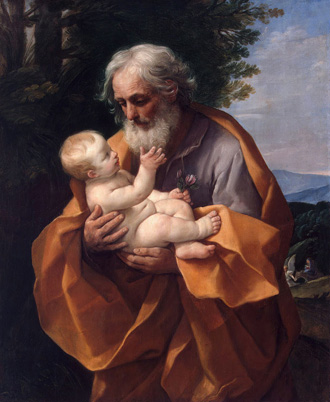
I have a personal connection to St. Joseph as I entered this world on his feast day. My maternal grandfather was very excited and insisted my mother name me Giuseppina (Josephine). He said it would be an honor to celebrate my onomastico (name day) and birthday at the same time. My non-Italian father did not want a daughter with an Italian name, and my mother preferred Christine, so here I am.
In my mother’s defense, she did bring me up with a good knowledge of St. Jospeh, and I have always had a devotion to him. I always bought holy cards and medals with his likeness, and I usually wore red on my birthday. When I married, I placed flowers at the altar of the Blessed Mother as is tradition, but I put a slightly bigger one on the altar of St. Joseph.
So, why honor St. Joseph?
He’s the Patron Saint of Sicily…and More
During the Middle Ages, a drought fell over Sicily causing famine all over the island. People prayed to St. Joseph to deliver them from starvation. Down came the rain, and up came the crops sparing the Sicilians. To this day, they honor St. Joseph with la tavola di San Giuseppe (St. Joseph’s table or altar)
While many celebrated the date from the 10th century, in 1570, the Catholic Church added his feast day to Church calendars. Officially, March 19 recognizes St. Joseph, Husband of Mary. In Italy and a few other European countries, the date is also Fathers’ Day in honor of his status as the earthly father of Christ.
Among others, Joseph is patron saint of the Universal Church, families, fathers, expectant mothers, travelers, immigrants, and house sellers and buyers. (Bury a statue of St. Joseph in the yard of a home you want to sell, and legend has it that it will sell quickly…And, yes, I’ve done it.)
Moreover, Joseph is also the patron of working people— craftsmen, engineers, carpenters, etc. In the early 20th century, the Catholic Church gave him a second feast day—May 1—to honor him for that patronage.
Wear Red (Not Green)!

As the Irish wear green to honor St. Patrick, Italians wear red to honor St. Joseph. There is no real significance to wearing the color. Some say it is because the Italian flag is red, white, and green. Others say it is to contrast with the Irish wearing of green two days before.
Breadcrumbs
Breadcrumbs are a popular ingredient in foods cooked on St. Joseph’s Day. They symbolize the sawdust left after a carpenter’s hard day of work, and you’ll find vegetables and fish coated with breadcrumbs, artichokes stuffed with them, and Pasta cà Muddica.
Pasta cà Muddica is a simple dish that is affordable and easy to make. From start-to-finish, it will take you 15-30 minutes to prepare. We had it a lot while I was growing up because it was affordable. What follows is how my mother made it. There are dozens of recipes on the internet that call for a variety of other ingredients—tomatoes, broccoli, anchovies, raisins, red pepper flakes, and more—but I prefer this simple version best (especially since I hate anchovies).
Pasta cà Muddica Recipe
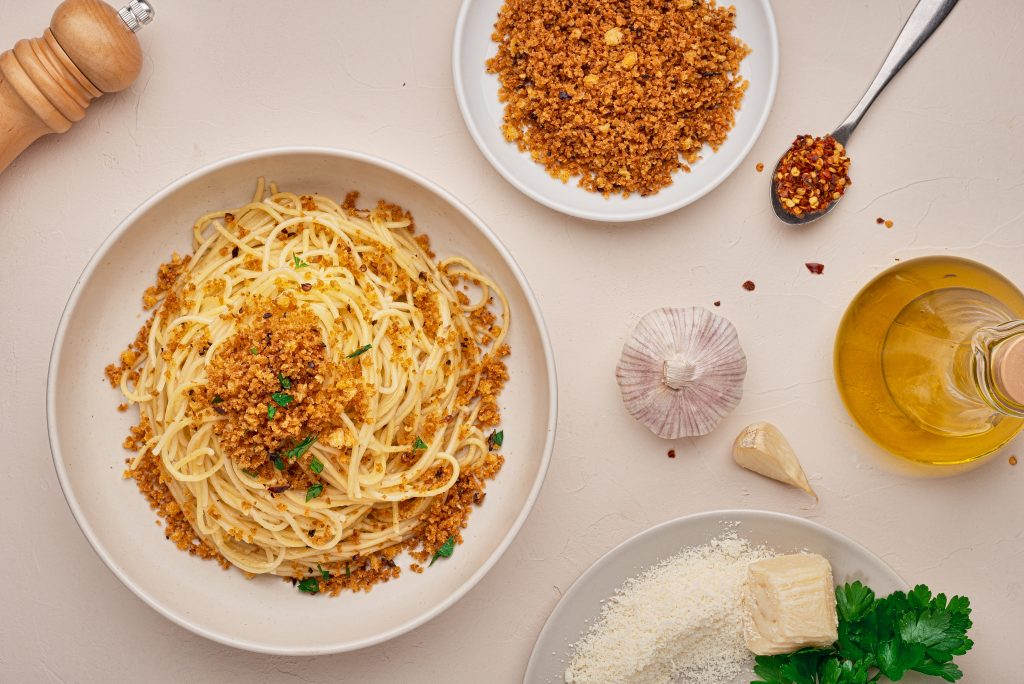
INGREDIENTS
- 1 pound of spaghetti or bucatini*
- 2 cups of bread crumbs*
- 1/4 cup of olive oil
- 1 clove of garlic
- 1/4 cup chopped parsley
- 1/4 cup grated pecorino romano cheese
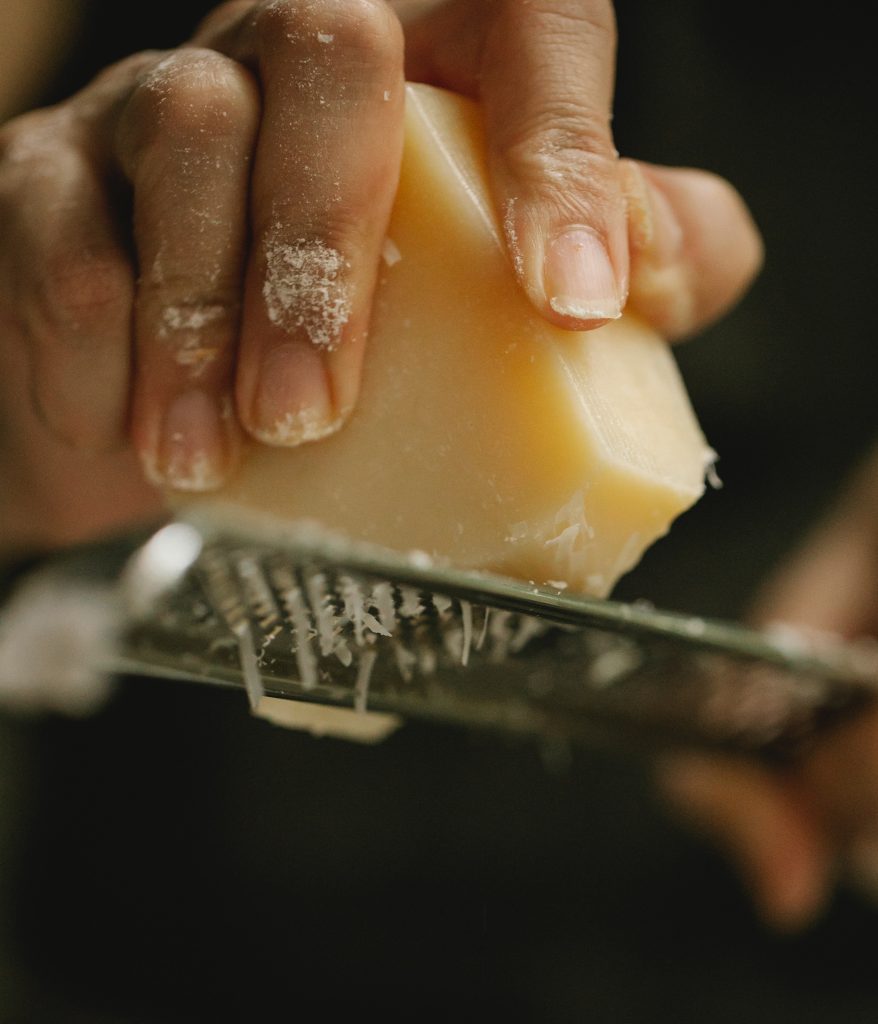
*NOTES: You can use almost any kind of pasta, although spaghetti and bucatini are the norm. You do not want a pasta that is too thin to hold the breadcrumbs.
My mother made her own breadcrumbs by drying out day-old bread and then crushing it with a rolling pin. You can use a food processor today, but make sure you do not make the crumbs too fine. I have used seasoned bread crumbs, but I find they do not give the same texture that you get with homemade breadcrumbs.
INSTRUCTIONS:
Cook the pasta according to directions.
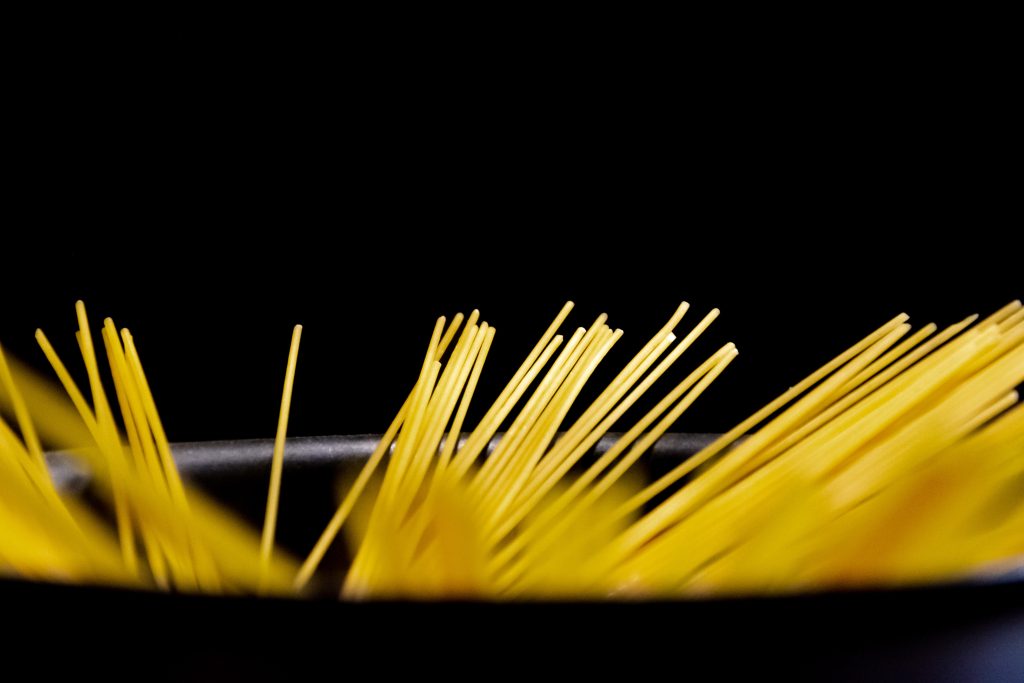
While the pasta cooks, heat the olive oil and garlic clove in a pan large enough to hold the pasta when it is done. My mother removed the garlic when its perfume hit the air. Others crush the garlic and leave it in the oil. Add the breadcrumbs** and stir them until they are brown and toasty. Remove from the heat and place in a bowl. Do not clean the pan.
**NOTE: When I make this, I add Italian spices when I add the breadcrumbs to flavor them a bit more.
When the pasta is ready, strain it saving a little of the water. Place the pasta in the breadcrumb pan over low heat. Add about 1/2 cup of water and mix well. Add the cheese and mix well.
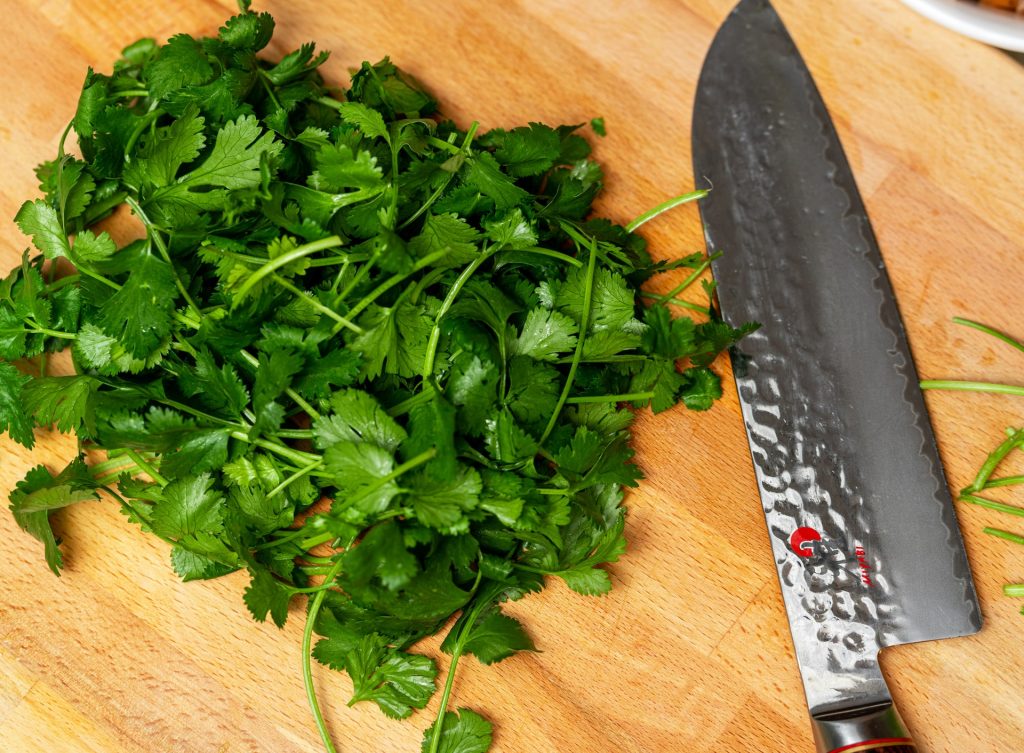
Toss the parsley with the breadcrumbs. Toss most of the breadcrumbs with the pasta.
Plate the pasta and top with remaining breadcrumbs (and more grated cheese!).

